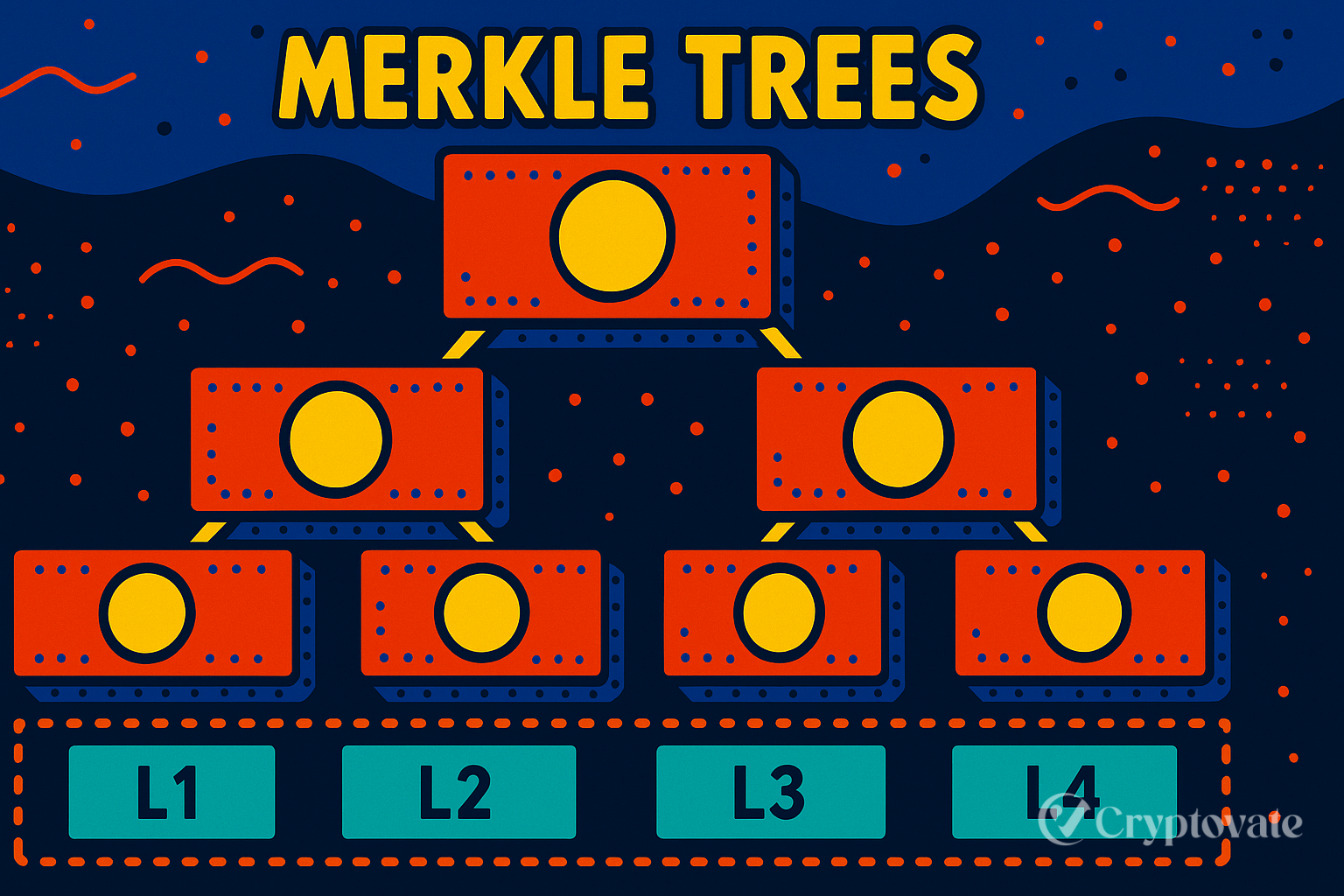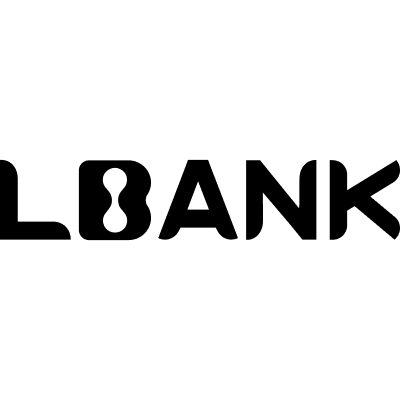– Ad –
| Getting your Trinity Audio player ready... |
In the world of blockchain and cryptography, Merkle Trees are a fundamental concept that ensures data integrity, efficiency, and scalability. Named after Ralph Merkle, who patented the idea in 1979, Merkle Trees are widely used in systems like Bitcoin and Ethereum to manage and verify large datasets securely. This article explores what Merkle Trees are, how they work, their applications, and why they matter in today’s digital landscape.
What is a Merkle Tree?
A Merkle Tree, also known as a binary hash tree, is a data structure used to organize and verify large amounts of data efficiently. It is a tree-like structure where the leaves (bottom nodes) store cryptographic hashes of individual data blocks, and each parent node contains a hash of its child nodes. The topmost node, called the Merkle Root, is a single hash that represents all the data in the tree.
Consider it a unique digital signature for a dataset. By using hashes, Merkle Trees allow systems to verify the integrity and consistency of data without needing to process every piece individually, making them highly efficient for large-scale applications.
How Do Merkle Trees Work?
Merkle Trees operate using cryptographic hash functions, such as SHA-256, to create a hierarchical structure. Here’s a simplified breakdown of the process:
- Data Division: A large dataset (e.g., transaction records in a blockchain) is divided into smaller chunks or blocks.
- Hashing the Leaves: Each block is hashed to create a unique fixed-length string, forming the leaf nodes of the tree.
- Pairing and Hashing: Pairs of leaf nodes are combined, and their hashes are hashed again to create parent nodes. This process continues, pairing nodes at each level, until a single hash—the Merkle Root—is produced.
- Verification: To verify a specific piece of data, only a small subset of hashes (called a Merkle Path) is needed, rather than the entire dataset. This makes verification fast and resource-efficient.
This structure ensures that even a minor change in any data block will alter the Merkle Root, making tampering evident.
Why Are Merkle Trees Important?
Merkle Trees offer several advantages that make them indispensable in modern technology:
- Efficiency: They allow quick verification of large datasets, which is critical for systems like blockchains that handle millions of transactions.
- Scalability: By summarizing data into a single Merkle Root, they reduce the storage and computational requirements for nodes in a network.
- Security: The use of cryptographic hashes ensures data integrity, as any alteration in the data changes the Merkle Root, signaling potential issues.
- Simplified Verification: Lightweight clients, like those on mobile devices, can verify transactions without downloading an entire blockchain, thanks to Merkle Paths.
Also Read: Understanding Proof of Reserves: Ensuring Trust in Crypto Exchanges
Applications of Merkle Trees
Merkle Trees are primarily linked to blockchain technology. In Bitcoin, for instance, they are used to organize transactions in a block, enabling efficient verification by nodes. Ethereum uses Merkle Trees not only for transactions but also for state and receipt data. Beyond blockchain, Merkle Trees are used in:
- Distributed Systems: To verify data consistency across multiple nodes, as seen in systems like IPFS and Git.
- Data Storage: To ensure data integrity in cloud storage solutions.
- Cryptographic Protocols: To manage and verify large datasets securely.
Challenges and Limitations
While Merkle Trees are powerful, they aren’t without challenges. Creating and maintaining a Merkle Tree requires computational resources, especially for frequently updated datasets. Additionally, they rely on the strength of the underlying hash function—if the hash algorithm is compromised, the tree’s security is at risk.
Conclusion
Merkle Trees are a brilliant solution for managing and verifying large datasets securely and efficiently. Their ability to condense complex data into a single hash while enabling quick verification makes them a cornerstone of blockchain and other distributed systems. As digital ecosystems grow, Merkle Trees will continue to play a vital role in ensuring data integrity and scalability.
FAQs
What is the primary function of a Merkle Tree?
A Merkle Tree is used to efficiently verify the integrity and consistency of large datasets by organizing them into a hierarchical structure of cryptographic hashes, with a single Merkle Root representing all the data.
How do Merkle Trees improve blockchain efficiency?
They allow nodes to verify specific transactions or data without processing the entire dataset, reducing storage and computational needs, which is crucial for scalability in blockchains like Bitcoin and Ethereum.
Are Merkle Trees only used in blockchains?
No, Merkle Trees are also used in distributed systems like IPFS, version control systems like Git, and cloud storage solutions to ensure data integrity and consistency.

















